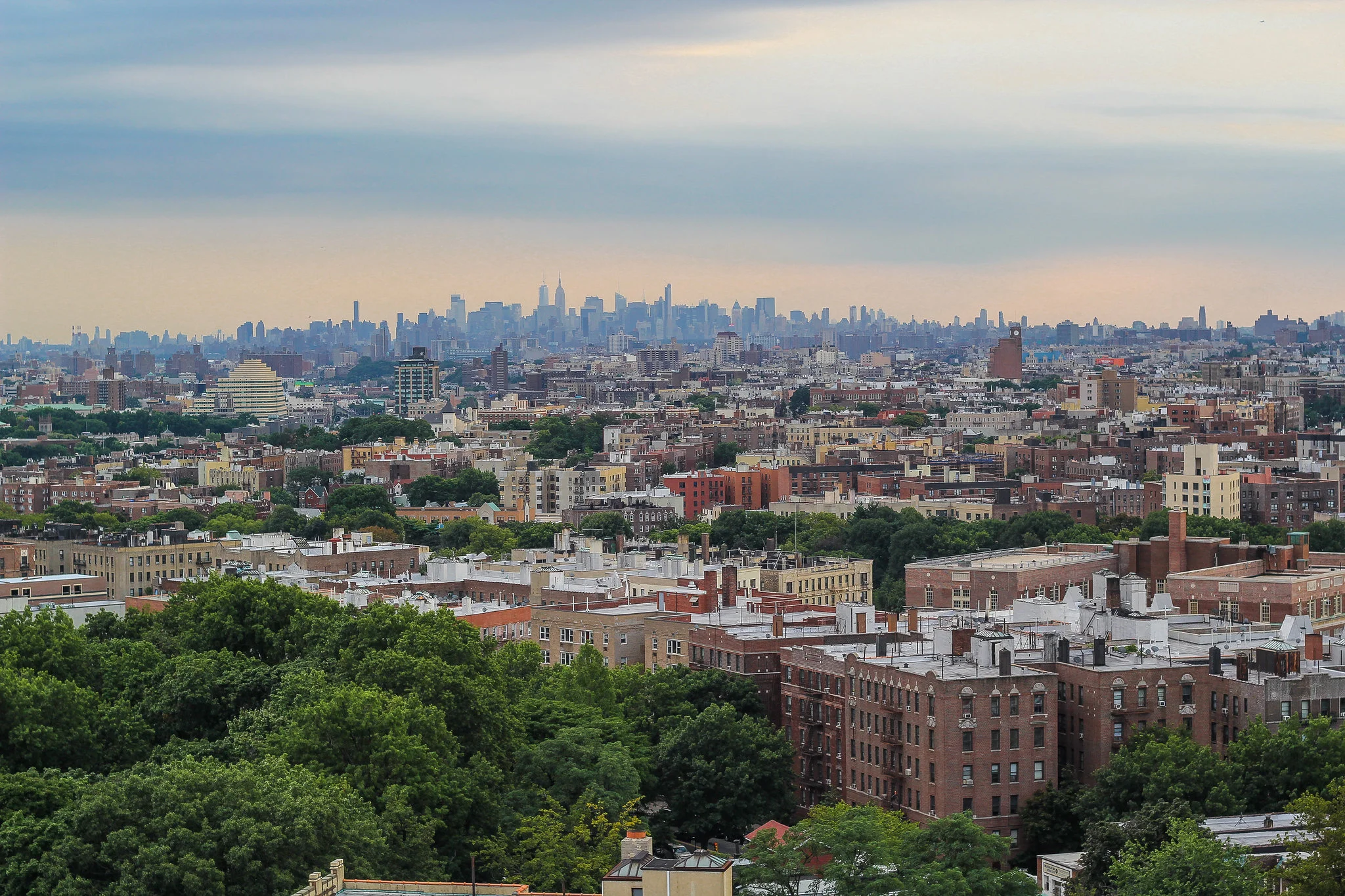Heat Map & Air Quality Monitoring
Urban Heat Island Mapping:
According to the National Integrated Heat Health Information System: “The frequency of heat waves in NYC has been increasing in recent years. However, its impact is disproportionately higher on racially and socio-economically marginalized neighborhoods such as the South Bronx – communities already burdened by environmental racism, leaving them with more exposure to polluting industries and often little to no green space in which to seek refuge from the heat and poor air quality. As a result, there are stark environmental health disparities: while African-Americans constitute just under 25% of NYC’s population, they made up almost half of those who lost their lives to heat between 2000 and 2012.”
In partnership with Columbia University, we are working on an Urban Heat Island Mapping project, collecting environmental data about the hottest and coolest places in our area. Data collected by participants will be used to develop temperature and heat maps of NYC and identify action items at different levels of government, ranging from local community boards to the City, including expanding existing efforts targeted to vulnerable neighborhoods.
Air Quality Monitoring:
The South Bronx experiences some of the worst congestion in the United States. This can be attributed to bridges, industrial facilities, interstate highways, and trucking intensive operations. Traffic likely contributes to the negative health outcomes we experience, including noise-related outcomes like stress and high asthma burden. Children are at particular risk of being negatively impacted by traffic-related health outcomes - several schools, playgrounds and two large public housing complexes are located adjacent to interstates.
In partnership with Columbia University, we are testing the feasibility of developing low-cost noise monitors built and deployed by citizen scientists to collect high spatio-temporal resolution noise data and to develop spatio-temporal noise maps for the South Bronx. This will help us address health disparities in our neighborhood, to advocate for interventions that reduce traffic or noise levels, and to create green space by, for example, capping portions of interstates with parks. Concepts developed through this pilot initiative could be applied in and help other communities.
The sensors built by community members/citizen scientists will collect noise data that can be uploaded for analysis and for public access to the crowd-sourced noise maps via the internet. Part of this initiative includes a STEM curriculum to provide training to middle or high school teachers and to involve students in building and using the sensors, thus turning them into community stewards with agency to impact change. While low-cost monitors have been used by citizen scientists in NYC and other places on a routine basis, this is the first time a local community is building and operating such monitors themselves.

